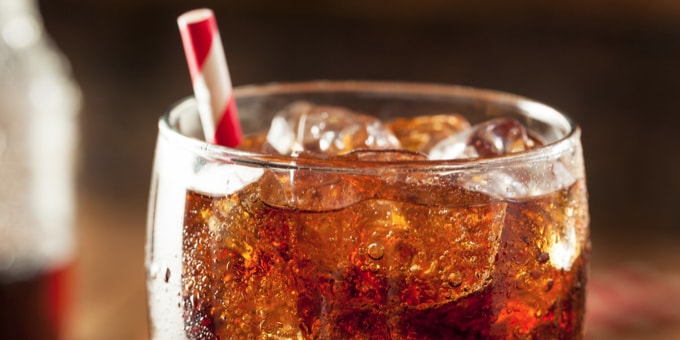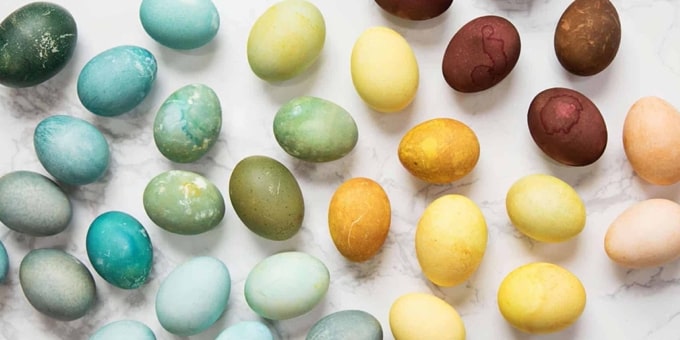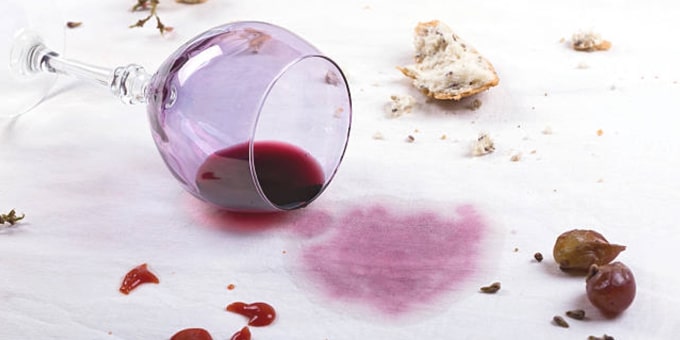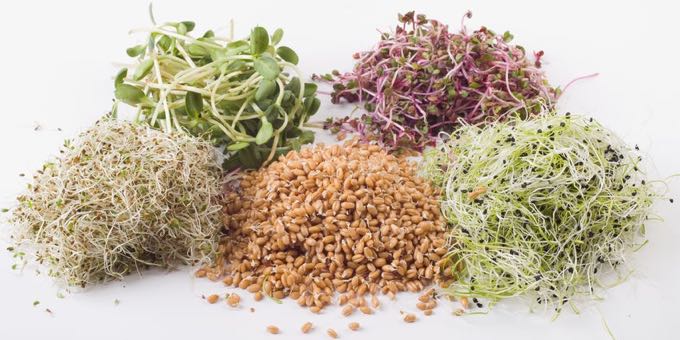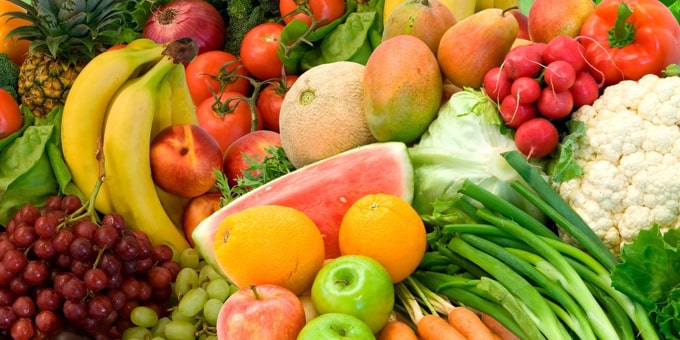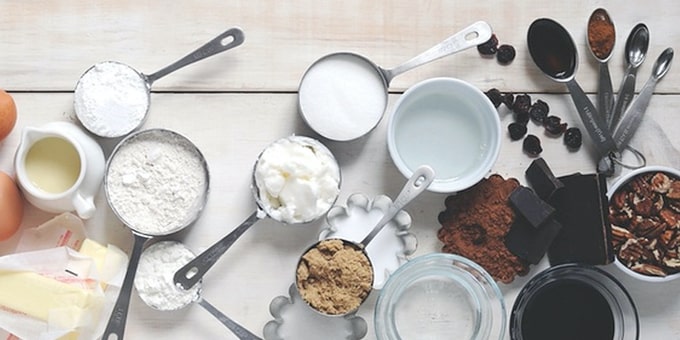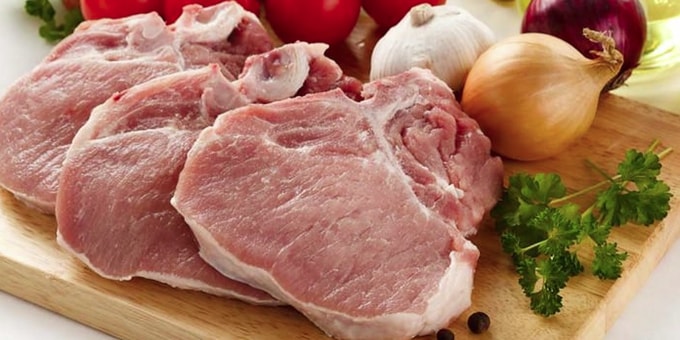WHAT’S REALLY IN SODA?
Over the last couple of decades, hundreds of studies on soda and the effects it has on our bodies have been published. News headlines warn of the dangers drinking soda may have or the link to obesity, kidney damage, and certain cancers.
If you drink sodas, what do you make of all the headlines? Do you ponder the information, wondering if it is time to reevaluate what you are drinking or brush it off as bad science and media attention?
One reason why many people consume soda is for the high amount of caffeine. Did you know that most sodas only contain around 30mg of caffeine? How much is 30mg? Well, a Starbucks Mocha has 175mg, a cup of black coffee has around 160mg, and a Red Bull contains 80mg.
Soda does not contain a lot of caffeine but can give your body the “high” feeling because of the sugar content. The caffeine is paired with sugar, giving your energy level a spike. A side effect of all the sugar in soda is weight gain. The sugar is being burned for energy in your body, signaling your body to stop using fat stores. Trade your sodas for tea, which contain little to no sugar.
SODA INGREDIENTS
When reading the ingredient list, the panel includes “less than 1% natural flavoring.” This natural flavoring could include vanilla, cinnamon, nutmeg, lime, coca extract, or none of the above. Natural does not always mean healthy and is a loosely used term on nutrition labels with very little regulation by the Food and Drug Administration. Since there is less than one percent in the soda, companies are also not regulated to disclose the exact ingredients they deem to be natural flavoring. Many sodas have their natural flavoring as high fructose corn syrup.
Also on the ingredient list, caramel color may be listed. This additive is made by mixing sugar with ammonia which can produce carcinogens. How bad are these carcinogens? A Center for Science in the Public Interest report asserted that the high levels of caramel color found in soda account for about 15,000 cancers in the United States each year. Caramel color has recently been held under scrutiny in the public eye due to its link with cancer.
Phosphoric and citric acids are popular ingredients in sodas for the right flavoring. Unfortunately, these two acids are most likely derived from corn. Speaking of corn, soda contains a little fewer than 9 percent of high-fructose corn syrup. High-fructose corn syrup is heavily linked to America’s obesity epidemic. There is no nutritional benefit to consuming the syrup, but can be found in many processed foods and baked items. Also, the phosphoric acid has been shown in studies to erode your teeth.
Lastly, a major ingredient in soda is carbonated water, which accounts for about 90 percent of the soda. Carbonated water is guilt free so too bad it is not 100 percent in sodas and flavored with a splash of grapefruit or mint. Fortunately, when strolling through the beverage aisle at Viking Village Foods, you will see many carbonated water options. Drink these options for a healthy alternative to soda.
Dishin’ Out Healthy, Health Educator: Nichelle
“Every time you eat or drink, you are either feeding disease or fighting it.” – Heather Morgan, MS

